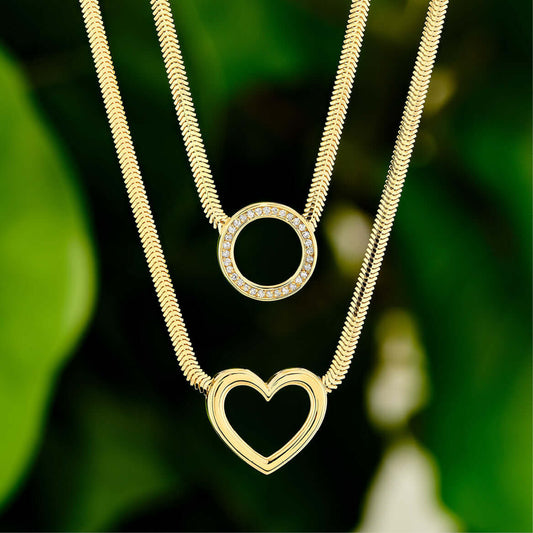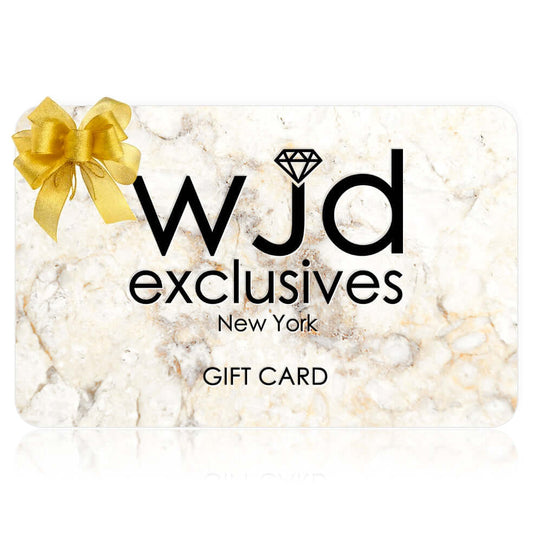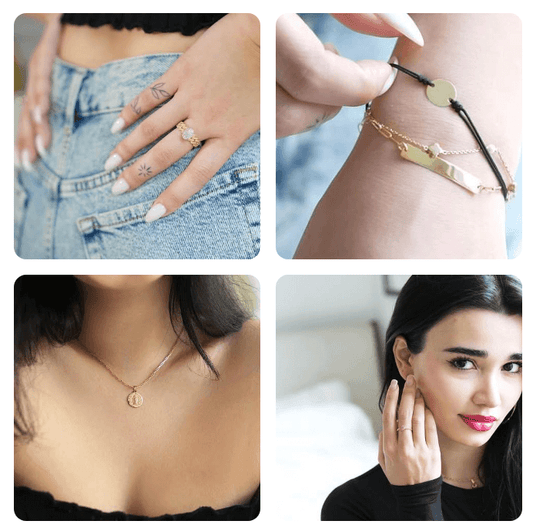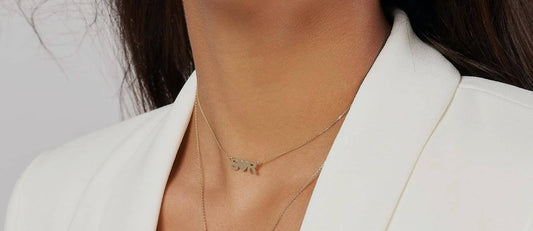The jewelry industry is built on trust, but not all brands play by the same rules. As shoppers, we rely on accurate product descriptions and honest marketing. Unfortunately, some companies blur the lines, using terms like "gold" to describe jewelry that isn’t gold at all—leaving customers confused and, in many cases, feeling deceived.
This article isn’t about calling out specific brands but about addressing broader marketing practices and ensuring consumers are informed before making purchases.
The Problem with "Gold" Labels
Imagine browsing a jewelry website. You click on the "Gold" filter, expecting to see items made from real gold or at least gold-plated materials. Instead, you find items crafted from stainless steel but labeled as "gold." This issue isn’t about legal definitions—it’s about how customers interpret these terms and the potential for misunderstanding.
Here’s where the confusion arises:
-
Product Titles: A chain labeled "Gold Cuban Link Chain" may lead customers to believe the item is made from gold. Yet, a closer look reveals it’s stainless steel with a gold-colored coating.
-
Category Filters: When items appear under "Gold" categories, most shoppers assume the product is, in some form, made of gold—not just gold-finished.
While these brands may include the material details in the fine print, relying solely on detailed descriptions to clarify misleading titles can result in disappointed customers.
Common Defenses—and Why They Miss the Point
Some might argue that "gold" is also a color, and as long as materials are disclosed in the description, the listing isn’t misleading. While technically true, this defense overlooks the behavior of the average shopper.
Most people:
-
Don’t Read Every Detail: Shoppers rely on titles, filters, and visible product highlights to make quick decisions.
-
Trust Simplicity: If a title says "gold," they believe it’s made of gold unless explicitly clarified upfront.
A customer might not even scroll down to see that "gold" refers to a stainless steel base with a gold finish. Instead, they purchase thinking they’ve snagged a deal on a real gold chain—only to feel misled later.
Why This Matters to Customers
For customers, this isn’t just an issue of semantics—it’s about value. Here’s why it’s problematic:
-
Pricing Confusion:
A stainless steel chain with a gold-colored coating might sell for $200, but its actual value doesn’t come close to that of real gold. Customers should know exactly what they’re paying for.
-
Eroding Trust:
When brands rely on vague or incomplete labeling, they damage customer trust—not just in their brand, but in the jewelry industry as a whole.
-
Unmet Expectations:
Many customers buy these products thinking they’re getting gold jewelry, only to feel disappointed and even betrayed when they realize the truth.
How You Can Protect Yourself as a Shopper
-
Read the Details: Always check the "materials" section for clear information about the product. Look for terms like "gold-plated," "gold finish," or "stainless steel base."
-
Ask Questions: If you’re unsure, reach out to the brand’s customer service team for clarification.
-
Compare Prices: If a product labeled "gold" seems priced much lower than you’d expect for solid gold, it’s worth investigating further.
Our Commitment at WJD Exclusives
At
WJD Exclusives, we’re proud to offer fine jewelry with transparency and integrity. Whether it’s solid gold, gold-plated, or sterling silver, we ensure our product descriptions clearly and accurately reflect the materials used. We want our customers to feel confident in their purchases, knowing they’re getting exactly what they pay for.
Transparency isn’t just a buzzword for us—it’s the foundation of our business. By prioritizing honesty and clarity, we aim to build trust with every customer and set a standard for the industry.
A Final Word
This article isn’t about shaming specific brands or questioning their intentions. Instead, it’s about highlighting practices that could unintentionally mislead shoppers and encouraging transparency across the jewelry industry. As customers, you have the power to demand clarity and honesty, ensuring your hard-earned money goes toward products that meet your expectations.
At the end of the day, the jewelry you choose should make you feel confident, valued, and well-informed about your purchase. Anything less simply isn’t gold standard.







No comments